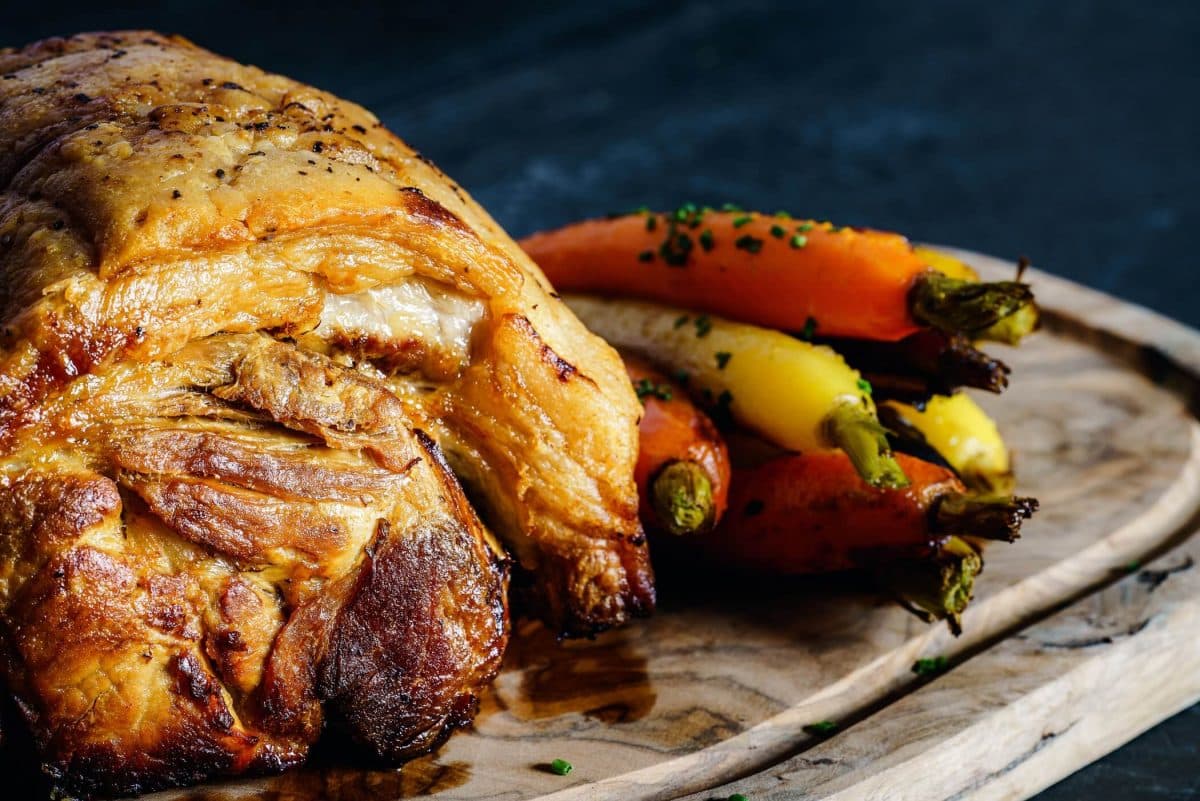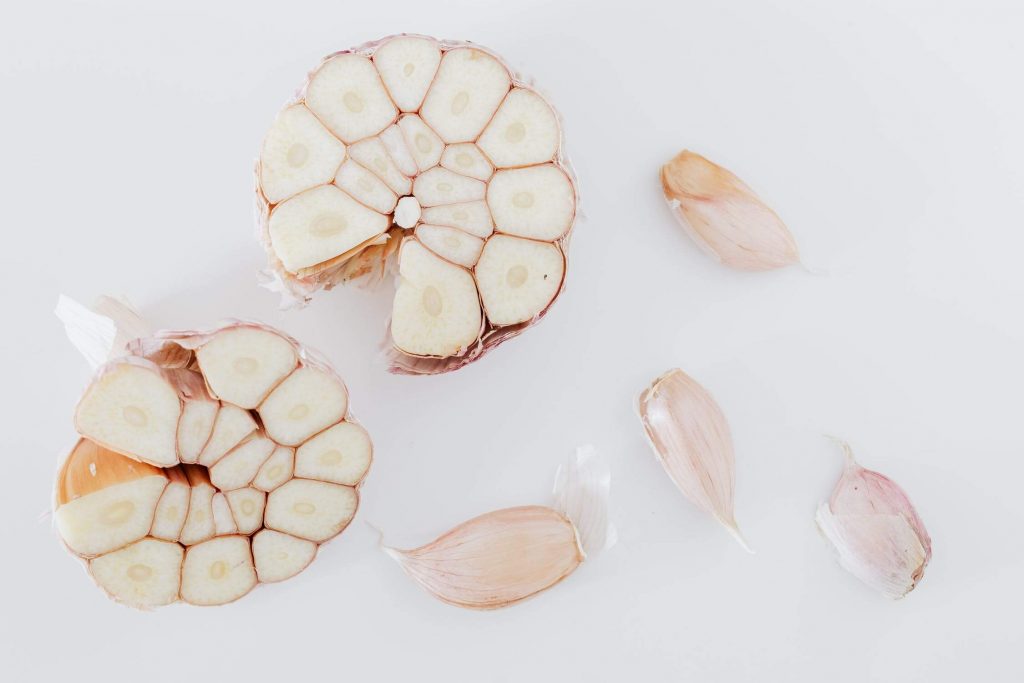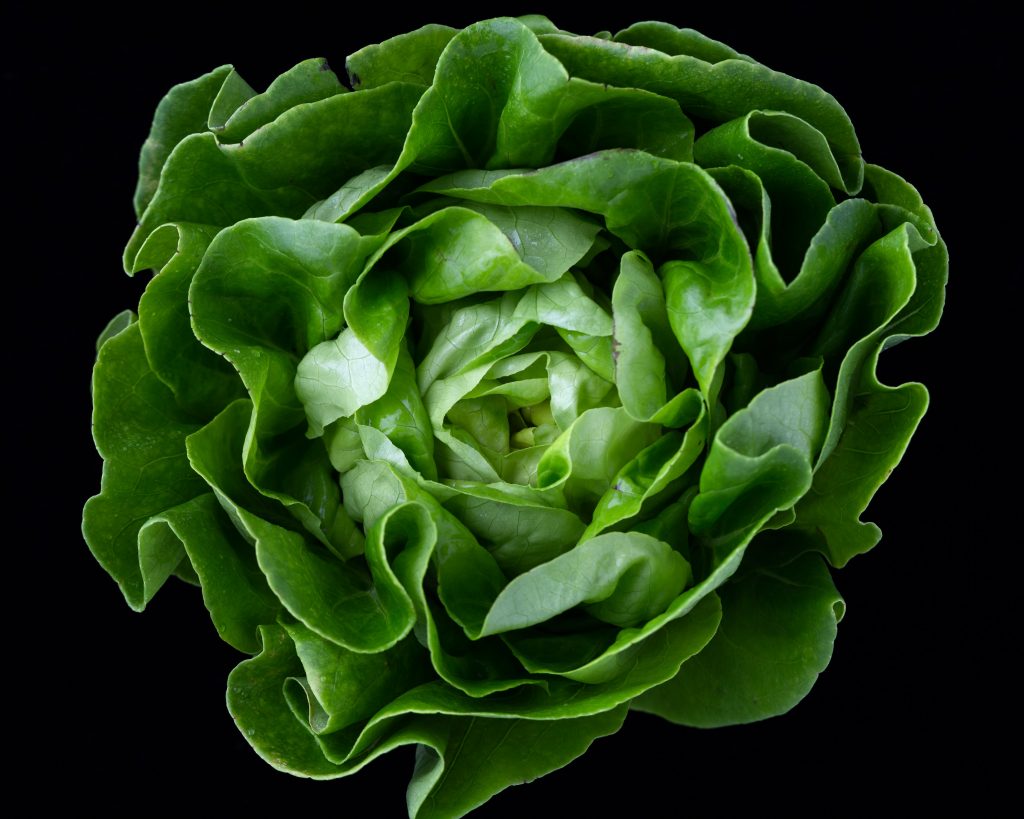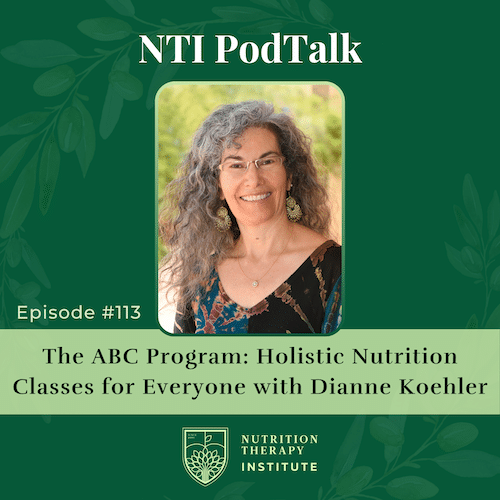
Share this post!
Mother Nature provides us with beautiful fuel – the raw materials, essentially, that keep us alive. Farmers and growers are the nurturers. And we, when we cook and prepare foods, are the final artists in the cycle of food from farm to table. Wouldn’t it pay, then, to do what we can to maximize what nature provides?
Here are 5 simple ways to get more nutrition out of your food.
1) Crush or chop garlic and let it rest.
Garlic contains the enzyme alliinase. Alliinase in an enzyme needed to form the sulfur compound allicin. Along with producing garlic’s tell-tale strong aroma, allicin is also responsible for many of garlic’s therapeutic benefits – including enhancing immunity and supporting heart health. Alliinase is activated when garlic cloves are minced, chopped, or crushed, and though it will quickly convert to allicin, this process is destroyed by heat. So it’s best to wait about 10 minutes after you’ve chopped your garlic to give the alliinase time to convert, and allicin to form.
*Note: Onions don’t require the same resting period and can be cooked as soon as you slice them.

2) Choose loose-leaf heads of lettuce.
In one 2011 study published by the Spanish Journal of Agricultural Research, researches found higher levels of antioxidants in lettuce leaves on the outside of the head when compared to leaves on the inside. This makes sense: like all living things, lettuces have a love-hate relationship with the sun. They require it for life, but they don’t like too much of it. This is why lettuce grows best during the cooler months of spring/late summer. To protect itself from too much sun exposure, a head of lettuce will produce higher levels of antioxidants where it needs it. Choosing heads of lettuce where the leaves have a looser arrangement, rather than tightly packed heads, will provide you with higher levels of antioxidants.

3) Eat seasonally and close to the source.
Seasonal fruits and vegetables, by law of nature, contain more nutrients than those grown out of season. The tomato is a perfect example. A tomato allowed to ripen on the vine, in the sun, and during hotter months is going to fight for survival by producing the maximum amount of protective polyphenols and antioxidants it can. This, in turn, benefits us, as those compounds are available in the foods when we eat them. A tomato grown in a greenhouse doesn’t undergo as much environmental stress, and therefore does not need to produce the same amount of protective agents. In addition, tomatoes are typically picked green, trucked many miles cross country, and gassed with ethylene to ripen just before meeting grocery store shelves. According to the Farmers’ Almanac, most produce travels an average of 1500 miles from source to stand.
Of course, for most of us it’s difficult to eat strictly seasonal foods if we live in a place with four seasons, but the idea is to do the best we can.
4) Eat a wide variety of raw and cooked vegetables.
I often hear the question, “Isn’t a raw food diet ultimately the healthiest choice?” People assume this because of raw foods’ concentration of enzymes. Raw food does contain the highest amount of enzymes available to the body. Enzymes and some vitamins, especially B1, B5 and C, are destroyed by heat, so anytime you cook food above the temperature of 104 degrees F (give or take a couple of degrees depending on who you ask), you lose the enzymes and certain vitamins present.
On the other hand, other nutrients and vitamins become activated and more bioavailable when cooked. Lycopene in tomatoes increases by 25% when tomatoes are cooked for 30 minutes. Cooking breaks down cell walls in carrots and sweet potatoes, which significantly increases these foods’ availability of beta carotene. Onions contain quercetin, a powerful compound said to be memory-protective and quell brain tissue loss. Studies have shown that many cooking methods (like baking, roasting, frying, or sautéing) actually increase the quercetin content of onions. Heat denatures the proteins of eggs and other animal foods, making them easier to break down and metabolize.
To get the most nutrition out of the foods you eat, strive for a variety of raw and cooked foods on your plate every day. This ensures you’ll receive the maximum amount of benefits from food.
5) Eat the peel.
Skins of most fruits and vegetables are densely packed with nutrients. The peel of an apple contains approximately half of its total fiber content. The same is true of potatoes. One study showed the extracts of unpeeled apples inhibited the growth of human cancer cells by 45%, while extracts of peeled apples inhibited by 14% (Robinson, Jo). The peel of an orange stores twice as much Vitamin C as its flesh. Cucumber peels pack most of the fruit’s total potassium, insoluble fiber, and antioxidants. Other less-commonly eaten but edible peels with high nutrient content are kiwi, mango, even banana (the riper the banana, the softer and more palatable the peel). Make sure to choose organic if you’re going to eat the skins and peels of fruits and vegetables. Non-organic produce is heavily sprayed, and the skins store the majority of the pesticides.
Whether you grow your own, purchase a CSA, or shop at farmers’ markets or supermarkets, these are simple hacks you can start doing now to increase your nutritional intake and maximize the degree to which you nourish yourself and anyone else for whom you cook.
Jacqui Gabel is a writer, a Natural Food Chef, and a holistic nutrition student at NTI. Follow her @living_vividly on Instagram for more recipes, kitchen tips, and vivid words for life.
Resources:
- Lettuce antioxidants are concentrated in outer leaves. (n.d.) Retrieved on 7/10/17 from http://www.healwithfood.org/health-benefits/lettuce-antioxidants-outer-leaves.php#ixzz4mRXb3oVB.
- Precision Nutrition: 10 Ways to get the most nutrients from your food. Helland, Lee. (n.d.). Retrieved on 7/10/17 from http://www.precisionnutrition.com/10-ways-to-get-the-most-nutrients
- Robinson, Jo. Eating on the Wild Side: The Missing Link to Optimum Health. (pp 47-74). New York, NY. 2013.
Images:
Garlic by Karolina Grabowska is free for use by Pexels
Image by Mae Mu is free for use by Unsplash
Image by Sebastian Coman Photography is free for use by Unsplash
Share this post!


















